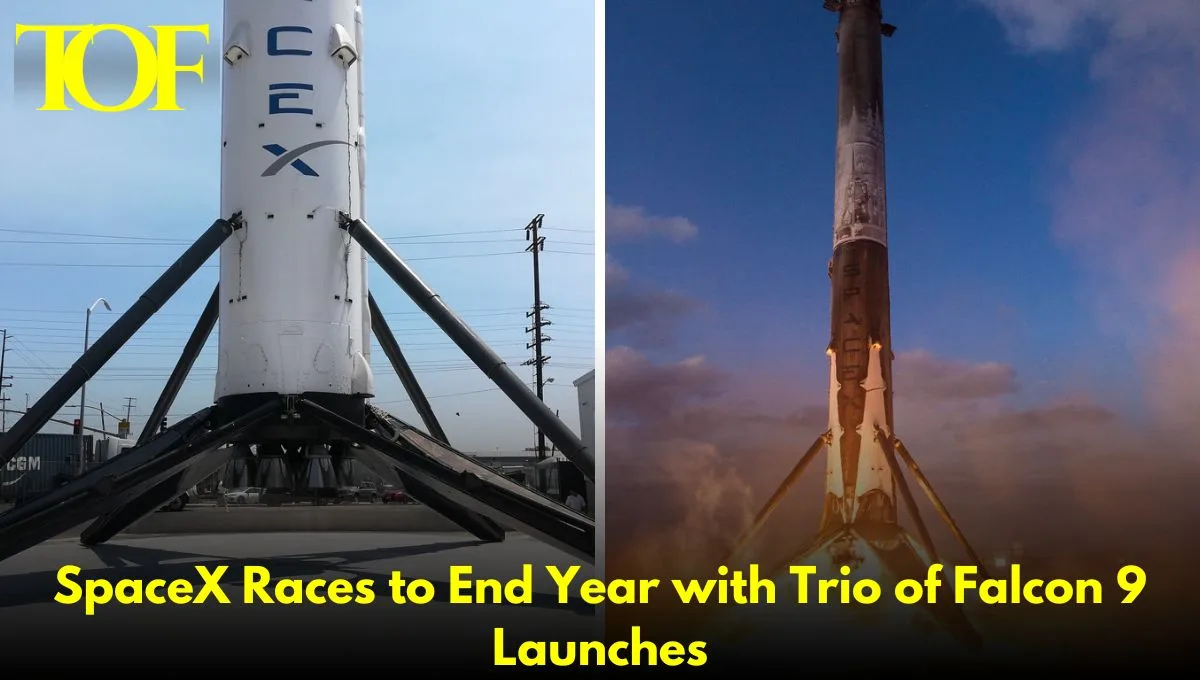SpaceX is going to close 2024 with three Falcon 9 launches in quick succession, demonstrating dominance in the global rocket launch industry. The first mission, Starlink 11-3, launched 22 Starlink V2 Mini satellites into low Earth orbit from Vandenberg Space Force Base in California on December 28.
Liftoff was at 5:58 p.m. PST with the Falcon 9 booster, which was making its 16th flight. The booster landed on the drone ship, Of Course, I Still Love You minutes after launch. The mission marked SpaceX’s 388th booster recovery and the 115th successful landing on this specific droneship.
Another Starlink mission, Starlink 12-6, is scheduled for December 30 at midnight from Kennedy Space Center, weather permitting. SpaceX will attempt to launch the delayed “Astranis: From One to Many” mission from Cape Canaveral Space Force Station between these two flights. This mission will deploy four MicroGEO communications satellites for various global customers.
The Astranis mission experienced a pad abort during an attempt on December 21, and thus SpaceX replaced its booster for the launch. SpaceX plans to achieve a record of 134 orbital launches this year, missing its target of 144 launches by a small margin.
According to SpaceX Vice President of Launch Kiko Dontchev, “this will also be the most prolific quarter for the Falcon 9 fleet thus far” if they can nail these three launches. The firm continues to be ahead with reusable rocket technology, in efficiency and innovation.
While pushing the envelope in launching, it may set up its last days in 2024 to have a very challenging year of 2025. Its pursuit of reusable technology ensures SpaceX continues to take its leading place in the commercial satellite launch and exploration of space.
To Read More: Technology

